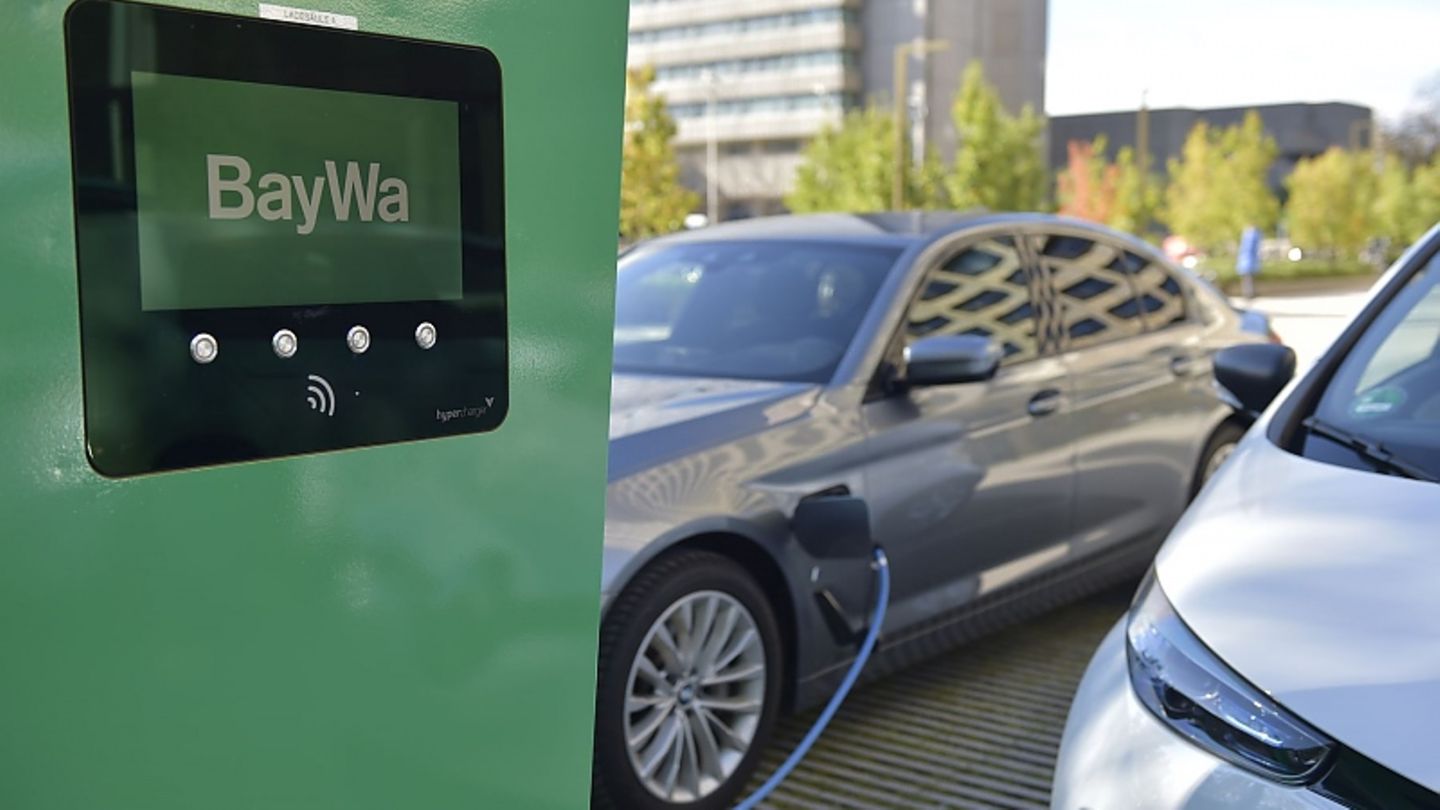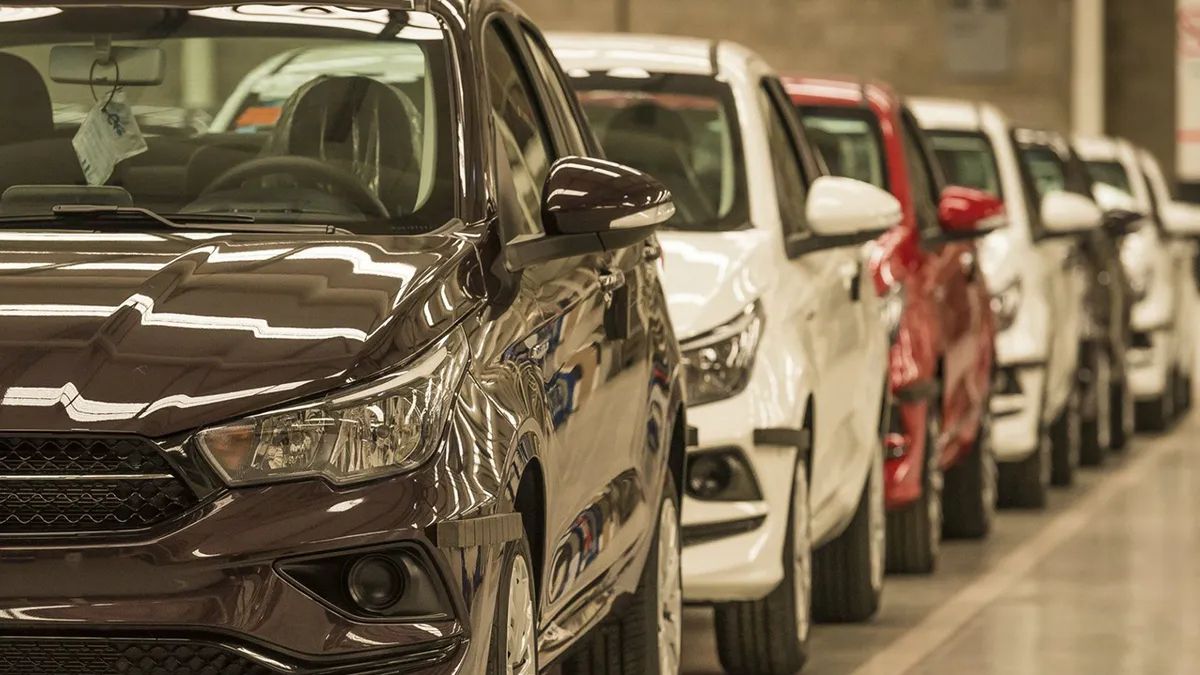In which direction is electromobility developing? Where will you charge in the future and how will the charging infrastructure develop. Christian Krüger, Managing Director of BayWa Mobility Solutions, takes a clear position and also explains why the initial euphoria about electromobility has evaporated.
Mr. Krüger, you see the expansion of the charging structure in Germany more positively than most experts and expect sufficient coverage in five years. What makes you so optimistic? Christian Krüger: The fact that the electric vehicles that are now coming onto the market are significantly further in terms of charging speed than was the case three years ago. It’s a difference like day and night. When charging, this is increasingly leading to a classic gas station situation. Whether I fill up with petrol or charge with electricity will hardly make any difference in the future. The modern BEVs now charge for a range of 100 kilometers in five minutes and the batteries are 80 percent full in 20 to 30 minutes. So you don’t see the reason for the coverage primarily in the increasing number of charging points, but in the modern technology of the cars? Krueger: Yes. What does the driver of an electric car want? Fill up with electricity as quickly as possible and make sure you don’t stand at the charging station for too long. This attitude dates back to the early days of electric mobility. In the meantime, however, the technical prerequisites are in place for both the vehicles and the stations so that charging can take place much faster. That’s why I don’t believe in AC chargers in the city, but in fast charging hubs. Why exactly? Krüger: Because the expansion of AC charging with wall boxes in the city’s underground car parks is progressing very slowly for cost reasons, and public AC charging stations are not charging fast enough to supply the growing number of BEVs with electricity. Statistics also show that the classic AC charging stations in Munich are occupied for an average of eight hours, but mainly not to charge, but because nobody drives their car away at night. So what do you think of projects like Audi’s Charging Hub? Krüger: That’s more of a flagship solution. Looking ahead, I think a charging hub in the middle of the city like ours here on Arabellastraße with very high charging capacities makes more sense. It is heavily frequented because people who don’t have a wall box in the underground car park come here, charge quickly and then drive on. This works very well and is increasingly resembling the classic gas station situation. What does “fast” mean to you? Krüger: 15 to 20 minutes would be pretty good. The nice thing is that due to the central location I have a high frequency and so you earn money by selling electricity and you can also run the station economically. So we rely on the combination of high charging capacity and short downtimes at the charging points. At the moment we have loading times of 30 to 35 minutes in the Arabellapark. Studies such as those by the Center of Automotive Management predict that around eleven million BEVs will be on German roads by 2030. Where are they loading? Krüger: Ideally at home or at a quick charging hub. In Germany we currently have around 14,000 petrol filling stations with an average of six filling points. That’s enough for about 40 million vehicles. If you apply that to the expected number of electric cars, we don’t need a million charging points. In addition, the electric vehicles then have a range of up to 700 kilometers and do not have to be charged every evening. All right, and where is the power going to come from? Krüger: Ideally, every charging park is operated with 100 percent green electricity. However, the availability of electricity in bulk is not the issue at all, but rather the load balancing. In the case of a charging park in particular, the connection is made directly to the grid with a medium-voltage connection and the full capacity is reserved. Here the network operators are working on intelligent systems to manage load balancing. How do you see charging in rural areas? Krüger: A lot will be charged at home, since the conditions for a wallbox are ideal there. How do you assess the scenario that charging will take place in supermarket parking lots while shopping in the future? Krüger: I think that’s a good thing. Our customers in the semi-public area deal with exactly this charging in parking lots using fast chargers. This will prevail in connection with the gas station-like store just described. What trends do you see in electromobility in connection with mobility services? Krüger: Electromobility has come of age and is now turning more into a business model. The focus for the companies is clearly on profitability and is no longer a hygiene factor, as is the case with the so-called mayoral charging stations, for example. This also affects mobility services, where entrepreneurial business models are now in demand. What do you mean? Krüger: Many fleet managers come into contact with electromobility for the first time through plug-in hybrids, and we see a certain challenge, especially among medium-sized companies, when it comes to taxation and vehicle processes. A fleet manager has an interest in keeping his fleet of vehicles as efficient as possible and is now confronted with new questions. This is very complex, especially with PHEVs, since both drive types are combined. It’s about charging at home, on the road and also about classic petrol tanks. how does it look in action? Krüger: One idea is the mobility budget, where customers get a budget, can charge or fill up anywhere and access different types of mobility as needed. I find such concepts really exciting because a fleet customer does not always have to operate a vehicle. So you are concerned with putting together an all-inclusive package for fleet customers? Krueger: Exactly.
We don’t need a million charging points
Source: Stern
I am a 24-year-old writer and journalist who has been working in the news industry for the past two years. I write primarily about market news, so if you’re looking for insights into what’s going on in the stock market or economic indicators, you’ve come to the right place. I also dabble in writing articles on lifestyle trends and pop culture news.




